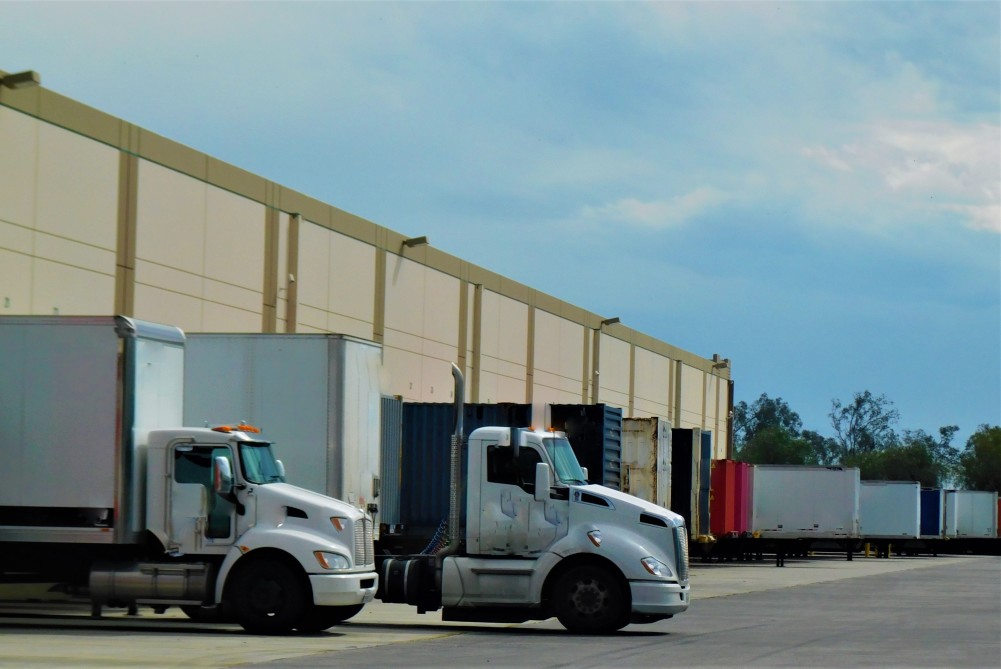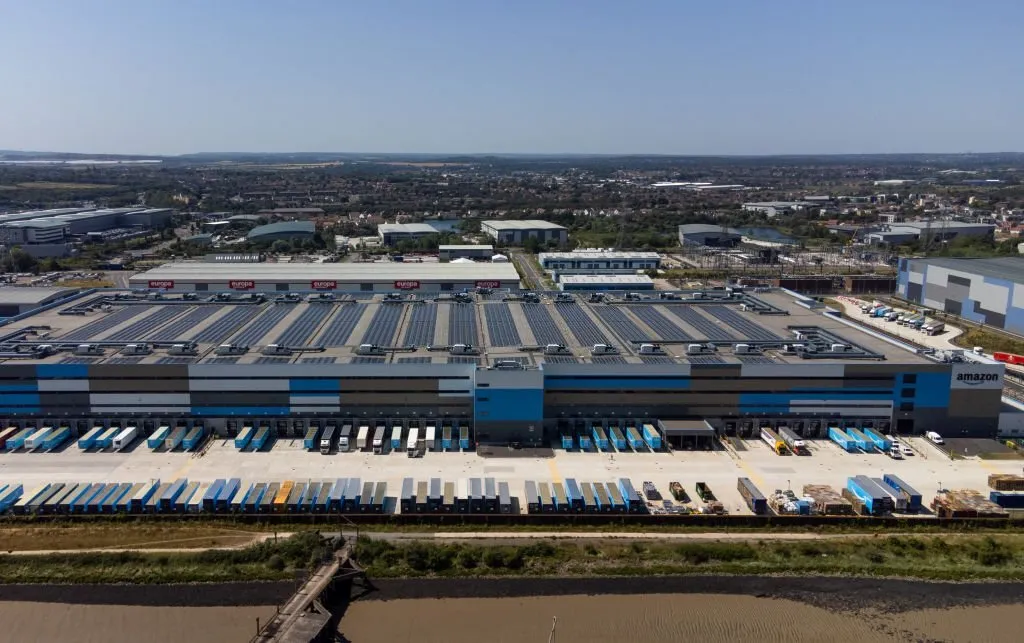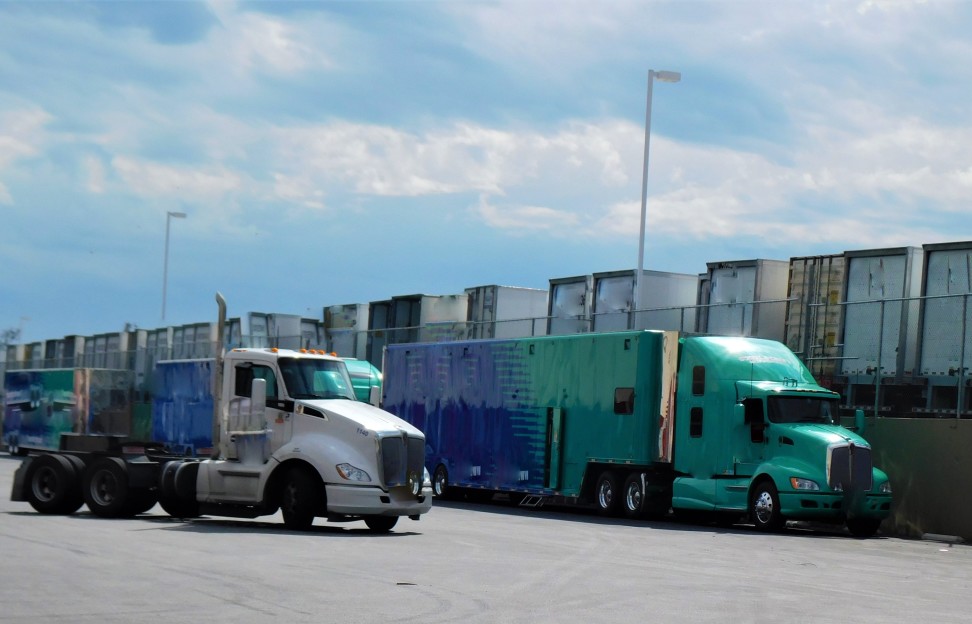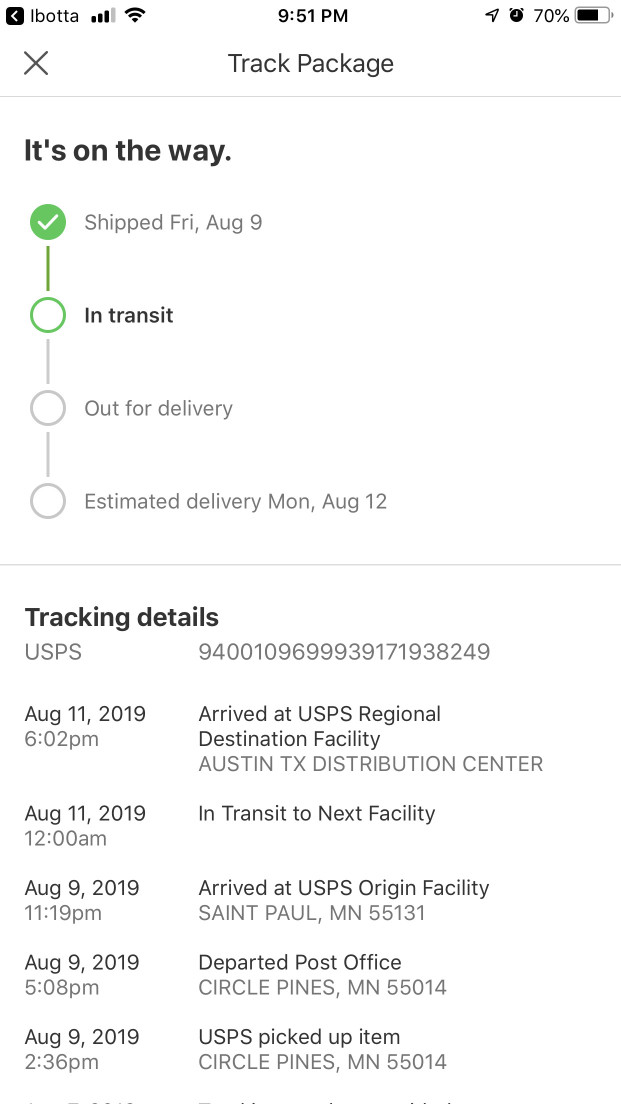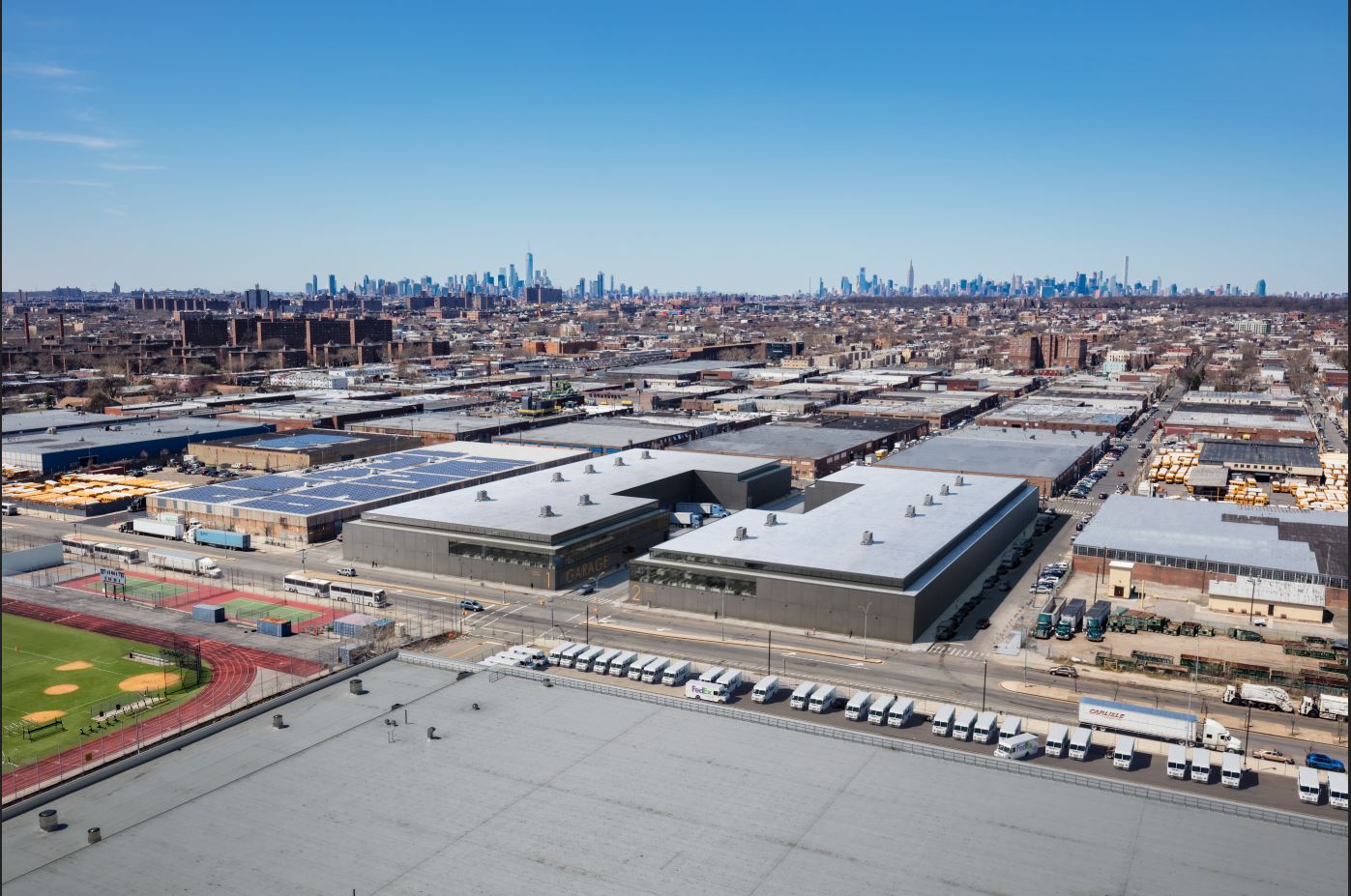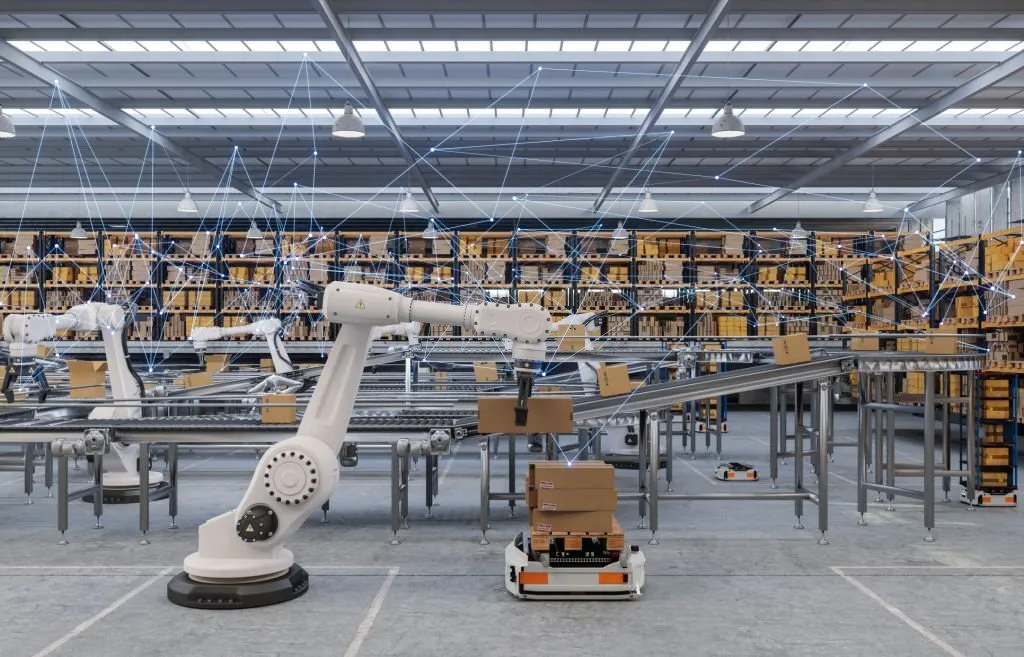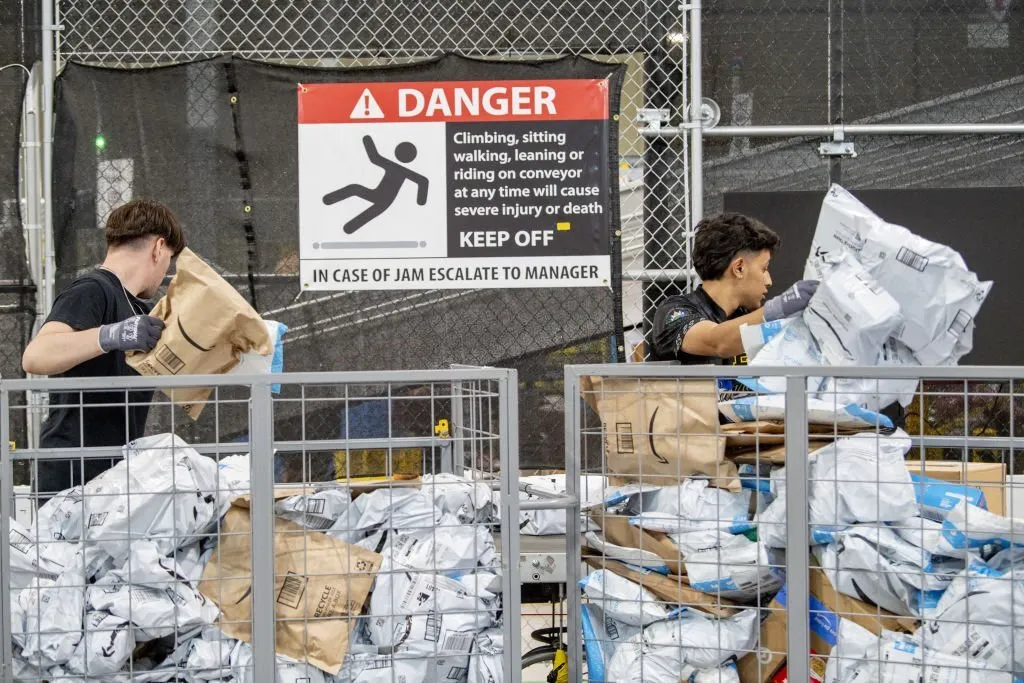Where Is The Metro Ny Distribution Center

The question of where the proposed Metro New York Distribution Center will ultimately be located has become a subject of intense scrutiny and debate, involving local communities, regional planners, and major logistics players. The multi-million dollar project, touted for its potential to create jobs and boost the regional economy, has also sparked concerns about environmental impact and traffic congestion.
Understanding the proposed location and the factors influencing the decision is crucial for residents, businesses, and policymakers alike.
This article examines the various potential sites under consideration, the criteria guiding the selection process, and the potential ramifications of this significant infrastructure project.
The Search for a Suitable Site
Identifying a suitable location for a large-scale distribution center like the Metro New York project is a complex undertaking. Several factors come into play, including proximity to major transportation arteries, availability of land, zoning regulations, and community acceptance.
Currently, several locations in the tri-state area are rumored to be under consideration, though official confirmations have been scarce. These include sites in northern New Jersey, the Hudson Valley region of New York, and even potentially Long Island. The exact locations remain confidential due to ongoing negotiations and feasibility studies.
Key Considerations in Site Selection
The development team behind the Metro New York Distribution Center is reportedly prioritizing locations that offer optimal access to the region's extensive highway network. This is essential for efficient delivery of goods to consumers and businesses throughout the metropolitan area.
Proximity to rail lines is another crucial factor, enabling the facility to handle large volumes of freight arriving from across the country. Access to a skilled labor force is also a major consideration.
The availability of sufficiently large parcels of land, properly zoned for industrial use, is a fundamental requirement.
“We are looking for a site that minimizes disruption to existing communities while maximizing logistical efficiency,”a source close to the project, speaking on condition of anonymity, revealed.
Potential Impact and Community Concerns
The construction and operation of a large distribution center can have both positive and negative consequences for the surrounding community. While proponents emphasize the potential for job creation and economic growth, residents often express concerns about increased truck traffic, air and noise pollution, and the potential for decreased property values.
Environmental groups have also raised concerns about the potential impact on wetlands, wildlife habitats, and water quality. Any development proposal will need to undergo rigorous environmental review and permitting processes.
Community meetings and public hearings are expected to play a crucial role in shaping the final design and mitigation measures associated with the project. Transparency and open communication are essential for addressing community concerns and building support for the project.
Economic Benefits and Job Creation
One of the primary justifications for the Metro New York Distribution Center is its potential to generate significant economic benefits for the region. Developers estimate that the project could create hundreds, if not thousands, of new jobs during both the construction and operational phases.
These jobs would range from construction workers and truck drivers to warehouse staff, managers, and administrative personnel. The project is also expected to generate tax revenue for local governments, which could be used to fund essential services and infrastructure improvements.
However, critics argue that many of these jobs may be low-wage and offer limited opportunities for advancement. They also question whether the economic benefits will outweigh the social and environmental costs.
The Role of Government and Regulation
Government agencies at the local, state, and federal levels will play a critical role in determining the fate of the Metro New York Distribution Center. Zoning regulations, environmental permits, and transportation infrastructure investments will all be key factors.
The project will likely require approval from a variety of regulatory bodies, including planning boards, environmental protection agencies, and transportation departments. These agencies will need to carefully weigh the potential benefits of the project against its potential risks.
Local officials will also need to consider the needs and concerns of their constituents. Balancing economic development with community quality of life is a delicate balancing act.
The decision of where the Metro New York Distribution Center will be built is a complex one with far-reaching implications. As the project moves forward, ongoing dialogue and collaboration among stakeholders will be essential to ensure that the development benefits the entire region while minimizing any negative impacts.
Ultimately, the chosen location will not only shape the future of the logistics industry in the New York metropolitan area but also the lives of countless residents and businesses. The final determination of the center's location remains uncertain, requiring continuous monitoring and careful consideration of all pertinent factors.


